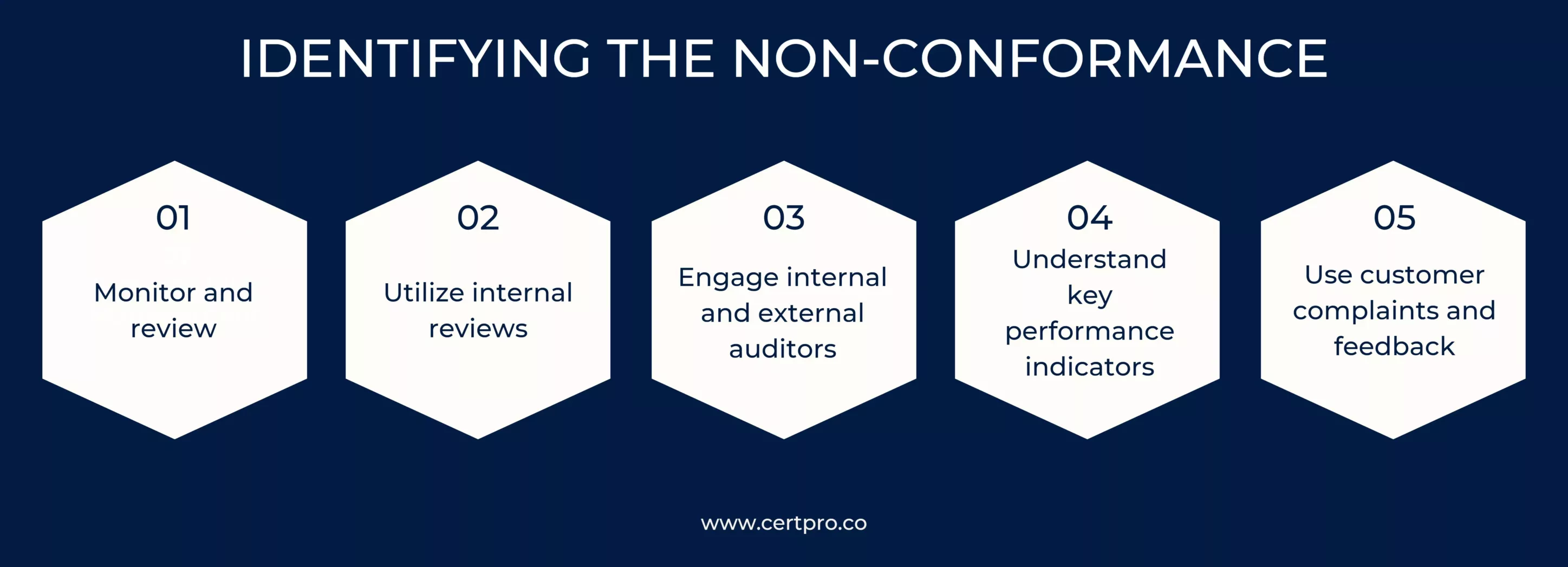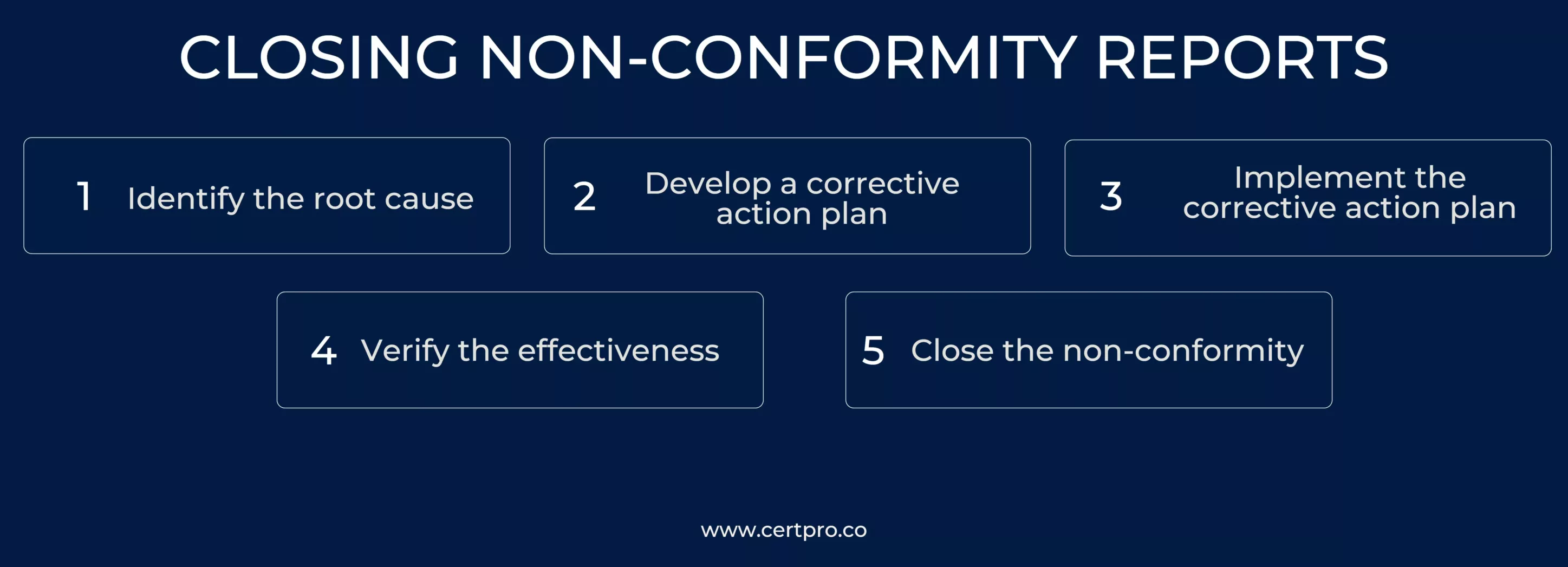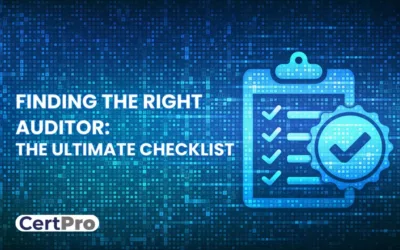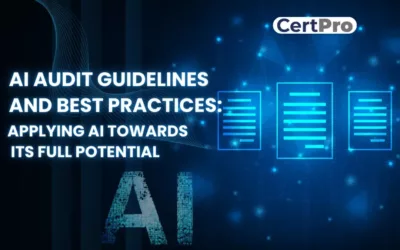Non-conformance reports are essential components of quality management systems as they assist organizations in identifying and resolving deviations from accepted norms and practices. The importance of these reports lies in ensuring adherence to quality standards and providing organizations with valuable insights into areas requiring improvement. We will explore the advantages of utilizing non-conformance reports, including the improvement of product quality, process efficiency, and regulatory compliance. Furthermore, we will outline the essential steps for resolving non-conformances and documenting the corrective actions. By implementing these steps, organizations can maintain high standards of quality and achieve continuous improvement. These actions empower organizations to actively locate and address deviations, thereby promoting a proactive approach to quality management. Overall, non-conformity reports serve as indispensable tools for organizations to optimize their operations and ensure consistent adherence to quality standards.
WHAT IS A NON CONFORMANCE REPORT?
A non-conformance report (NCR) (also referred to as a non-conformity report) serves as a formal document that highlights and records any disparities between the actual condition of a product, service, or process and the quality standards defined. These reports are commonly associated with areas such as manufacturing, production, and operations in an organization.
The NCR is a well-structured document that effectively communicates the specific non-conformity discovered, enabling a clear understanding of the underlying risks associated with the violation of requirements. It serves as a basis for taking subsequent actions to address the identified issues. Moreover, NCRs facilitate the development of a regulatory plan of action to prevent a recurrence, contributing to enhanced compliance and aiding future audits. These reports are essential to maintaining quality standards, improving processes, and fostering a culture of continuous improvement within organizations.
TYPES OF NON-CONFORMANCE REPORTS
Non-conformance reports can be categorized into two primary types, namely:
Minor Non-Conformance: Minor non-conformances occur on a relatively small scale and do not affect the entire organization. They result in limited consequences and are easily solvable. For instance, updating the pertinent documents can quickly fix a minor non-conformance such as making minor changes to product documentation. While minor non-conformances may seem insignificant, organizations should proactively identify and rectify them to prevent their escalation into major issues.
Major Non-Conformance: A major non-conformance significantly impacts the entire organization’s production or workflow, with far-reaching consequences for the final product. Examples include supplying untested products or making unauthorized changes to production without proper documentation or follow-up. Major non-conformances can severely affect the reputation and branding of a business, requiring substantial efforts, time, and resources to rectify. Implementing robust systems and processes is crucial for promptly identifying and addressing major non-conformances to mitigate the potential damage.
THE BENEFITS OF NON-CONFORMANCE REPORTS
Utilizing non-conformity reporting in businesses ensures adherence to established standards. Reporting non-conformances offers various benefits, such as:
- Improve products and services, ensure compliance, and prevent future mistakes.
- Prevent customer complaints by identifying and addressing potential issues proactively.
- Prevent the recurrence of non-conformities by identifying root causes and implementing lessons learned.
- Enhance efficiency by addressing issues early, streamlining processes, and utilizing non-conformance tracking systems.
- Reduce operational costs by identifying and addressing issues early, avoiding rework, waste, customer complaints, and lost business.
- Ensure regulatory compliance by reporting Non-Conformances, improving reputation, and demonstrating a commitment to quality standards.
- Enhance communication by sharing information and resolving problems through Non-Conformance Reports, promoting collaboration and avoiding duplication of effort.
- Optimize ROI by tracking and addressing Non-Conformances across the organization, considering impacts on departments, customers, and overall business performance.
IDENTIFYING THE NON-CONFORMANCE
Valuable information and insights aid organizations in identifying non-conformances and implementing suitable corrective actions. Multiple methods exist for identifying non-conformances, including:
- Monitor and review processes to identify areas for improvement and prevent non-conformance.
- Utilize internal reviews to evaluate processes, address feedback, and implement preventive measures against non-conformance.
- Engage internal and external auditors to strengthen quality assurance and assess the organization’s QMS framework for effective implementation.
- Understand key performance indicators (KPIs) as checklist procedures to identify deviations and potential non-conformances in the workflow.
- Use customer complaints and feedback as valuable insights to identify potential quality issues and non-conformances in manufacturing, shipping, and handling processes.

CLOSING NON-CONFORMITY REPORTS
Closing non-conformance reports involves resolving issues that don’t meet the standard’s requirements. It includes identifying the root cause, developing a corrective action plan, implementing it, and verifying its effectiveness. Prompt and effective closure is crucial for compliance and improving the Quality Management System. Failure to close non-conformities can lead to non-compliance and reputation damage.
Closing non-conformities involves several steps:
- Identify the root cause: Determine the underlying reason for the non-conformity.
- Develop a corrective action plan: Create a plan that addresses the root cause and outlines steps to prevent recurrence.
- Implement the corrective action plan: Take the necessary actions outlined in the plan to correct the non-conformance and prevent its recurrence.
- Verify the effectiveness: Ensure that the corrective action has been implemented successfully and has effectively addressed the root cause.
- Close the non-conformity: If the corrective action proves effective, update relevant documentation and close out the non-conformity in the audit report.
By following these steps, organizations can effectively address non-conformities and ensure compliance with the standards.

HOW TO ANSWER NON-CONFORMANCE REPORT?
Step 1: Controlling Nonconformance
Swiftly gain control over nonconformance by identifying and addressing it upon discovery. Apply to nonconforming products in production or transit. Avoid potential harm to end users by identifying issues before reaching them. Manage nonconforming parts in assemblies to reduce rework or scrap. Temporarily halt nonconforming processes until the root cause is determined and resolved. Control nonconforming products without waiting for a material review board. Utilize a designated Quality Control Hold area, primarily accessible to the quality team, for proper assessment and decision-making.
Step 2: Reviewing Nonconformance
Conduct a thorough review of the identified non-conformance. Establish a material review board (MRB) beforehand, comprising key members responsible for reviewing and deciding on the next steps. Ensure proper control and segregation of nonconforming products during the review process. Prevent the progression of problematic parts into manufacturing or defective products reaching end users.
Step 3: Determining Non-conformity Disposition
After reviewing the non-conformity, identify the appropriate disposition actions to correct it. Choose from five disposition categories: scrap (destroying the product), return to supplier (for wrong shipments), downgrade (for new version issues), use as is (for minor defects), and rework (correcting failures during testing). Track all actions taken, even if minimal, to effectively manage non-conformity. Increased scrap may indicate a process of non-conformity rather than a product issue.
Step 4: Performing Root Cause Analysis
Conduct a thorough root cause analysis to identify the primary cause of the non-conformance and assess the need for further investigations. Due to the complexity of medical device manufacturing, multiple possibilities may exist. Focus on finding the reason behind the non-conformance rather than any possible cause. Develop a problem statement encompassing all available information and gather objective evidence through research. Identify and analyze all factors that could have contributed to the non-conformance.
Step 5: Preventing Non-conformance
Implement minor actions tailored to address the root cause of the non-conformance, such as retraining, clarifying work instructions, or improving non-conformity for products to meet quality standards.
For major non-conformances with significant product criticality, affecting multiple processes, or indicating a systemic trend, take decisive action to prevent their occurrence.
Step 6: Monitoring Effectiveness
Continuously monitor the effectiveness of corrective actions taken to address the root cause of the non-conformance.
After implementing actions, monitor processes and products to ensure the problem is eliminated. If the non-conformance resurfaces during testing or inspection, reassess the root cause determination in step three and investigate further for additional issues.
Step 7: Documenting Non-conformity Investigation
Thoroughly document the non-conformity investigation process, including all steps, relevant details, and actions taken. Create a comprehensive non-conformity report that guides readers, such as auditors or team members, through the management process. Review and obtain approval during and after each action, ensuring completeness, before finalizing the non-conformity report.
FAQ
WHY ARE NON-CONFORMANCE REPORTS IMPORTANT?
Non-conformance reports are essential in quality management systems as they help organizations identify and address deviations from accepted norms and practices. They play a crucial role in maintaining and improving product and service quality, ensuring compliance with standards, and preventing the recurrence of similar issues in the future.
HOW DO NON-CONFORMANCE REPORTS HELP IN IMPROVING QUALITY?
Non-conformance reports aid in identifying and rectifying issues with products and services, ensuring compliance with standards. By addressing these issues, organizations can enhance the quality of their offerings and prevent the recurrence of similar mistakes.
WHY IS CLOSURE OF NON-CONFORMANCE REPORTS IMPORTANT?
Closing non-conformance reports is crucial for maintaining compliance with standards, improving quality management systems, and preventing the recurrence of non-conformities.
WHAT HAPPENS AFTER THE NON-CONFORMANCE REPORT IS SUSPENDED?
After closing a non-conformance report, relevant documentation is updated, and the closure is documented in the audit report. This ensures that the corrective actions have been effectively implemented and the non-conformity has been resolved.
HOW CAN A QUALITY-CENTRIC ORGANIZATION PREVENT OR MINIMIZE NON-CONFORMANCE?
To prevent or minimize non-conformance in a quality-centric organization, actively engage in management reviews, conduct regular reviews, perform internal audits, and encourage feedback mechanisms. These proactive measures help maintain high standards and drive continuous improvement.

About the Author
GANESH S
Ganesh S, an expert in writing content on compliance, auditing, and cybersecurity, holds a Bachelor of Arts (BA) in Journalism and Mass Communication. With a keen eye for detail and a knack for clear communication, Ganesh excels in producing informative and engaging content in the fields of compliance, auditing, and cybersecurity, with particular expertise in ISO 27001, GDPR, SOC 2, HIPAA, and CE Mark.
FINDING THE RIGHT AUDITOR: THE ULTIMATE CHECKLIST
Selecting an auditor to implement industry-specific rules and regulations is vital. The choice can influence the company’s growth and financial health. Therefore, choosing the right auditor offers valuable insights and ensures compliance and economic stability. You...
AI Audit Guidelines and Best Practices: Applying AI Towards Its Full Potential
Artificial Intelligence is entering different industries, where it is used for customer handling, data management, and documentation processes. The interference of AI is increasing concerns regarding ethical practice and safety. Therefore, AI audits have become more...
AUDIT LOG: INFORMATION SECURITY BEST PRACTICES FOR BUSINESSES
An audit log is the best information security practice for organizations. This article elaborates on the operational process of audit logs and how companies utilize them for business growth. What is an audit log, and how does it work for organizations? For more...




